Behavioral health facilities and practices are crafted to help patients achieve a level of stability that allows for the rebuilding and realignment of oneself. These spaces are designed as a safe place to recover when crisis strikes, allowing a person to receive the care required to get through their moment of intense disarray. Providing access to these spaces can be lifesaving.
Consequently, the design of these physical spaces plays a crucial role in promoting recovery, safety, and well-being. Here are the top 5 things to consider when designing spaces for behavioral health:
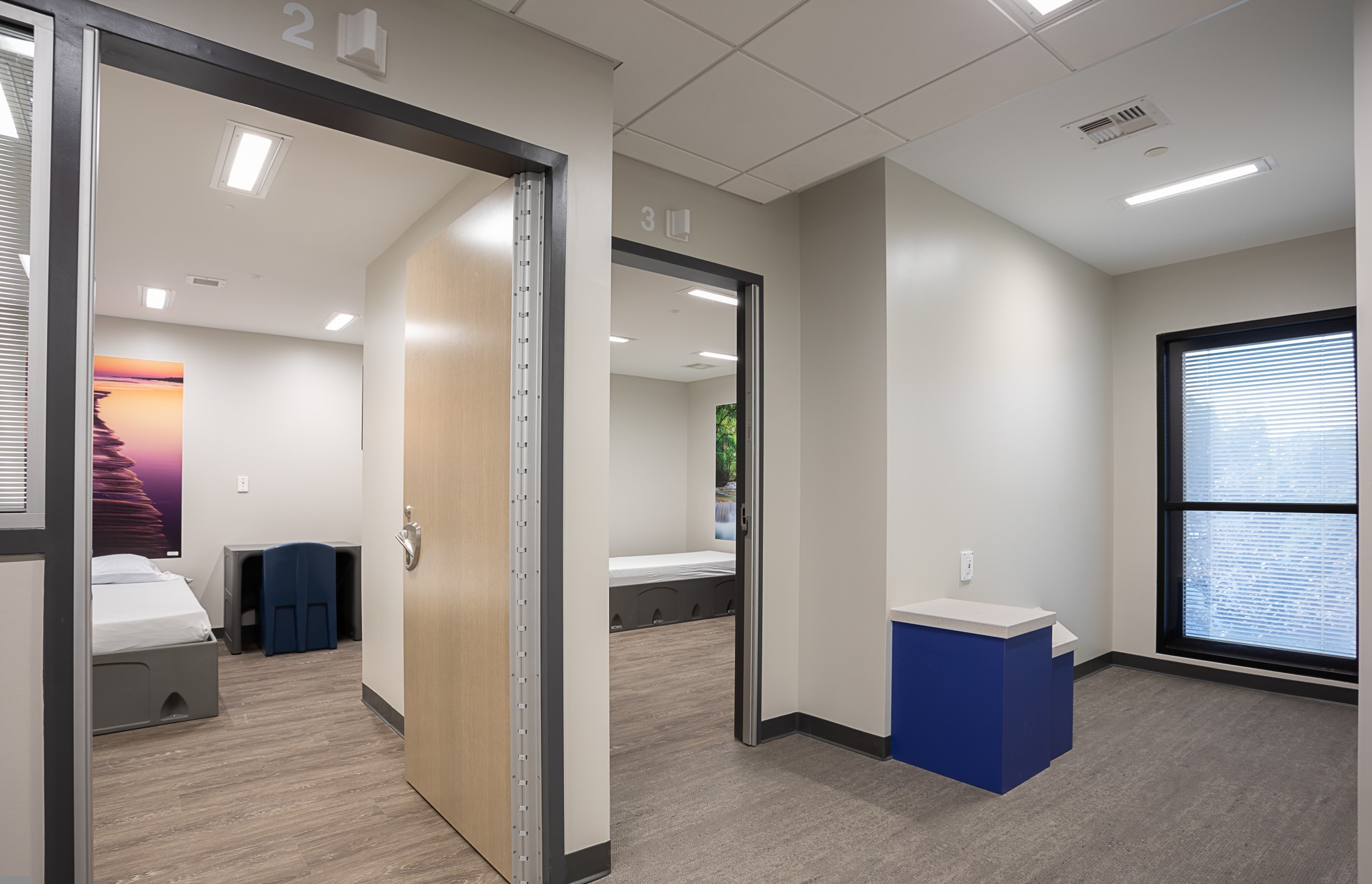
Understanding Triage
Clinical Decision Units (CDUs) within an Emergency Department (ED) are an essential part of effective behavioral health design. CDUs provide a dedicated space to address the needs of individuals experiencing a behavioral health crisis. By removing these individuals from the often chaotic and overwhelming environment of an ED, CDUs can offer a more supportive and calming atmosphere. This separation improves the quality of care provided and facilitates faster turnover of ED rooms, ensuring that patients in need of immediate medical attention can be treated promptly.
Designing for Patients
When designing spaces for behavioral health patients, it’s crucial to consider their emotional and psychological needs. Technologies like a “Recornect” device, which allows patients to maintain contact with their family members, can have a profound impact on their well-being and make their experience less isolating. The physical environment itself can contribute to healing through thoughtful design choices, such as the use of soothing colors, natural light, and comfortable furnishings. These incorporations into a behavioral health space can create an atmosphere that promotes relaxation and recovery.

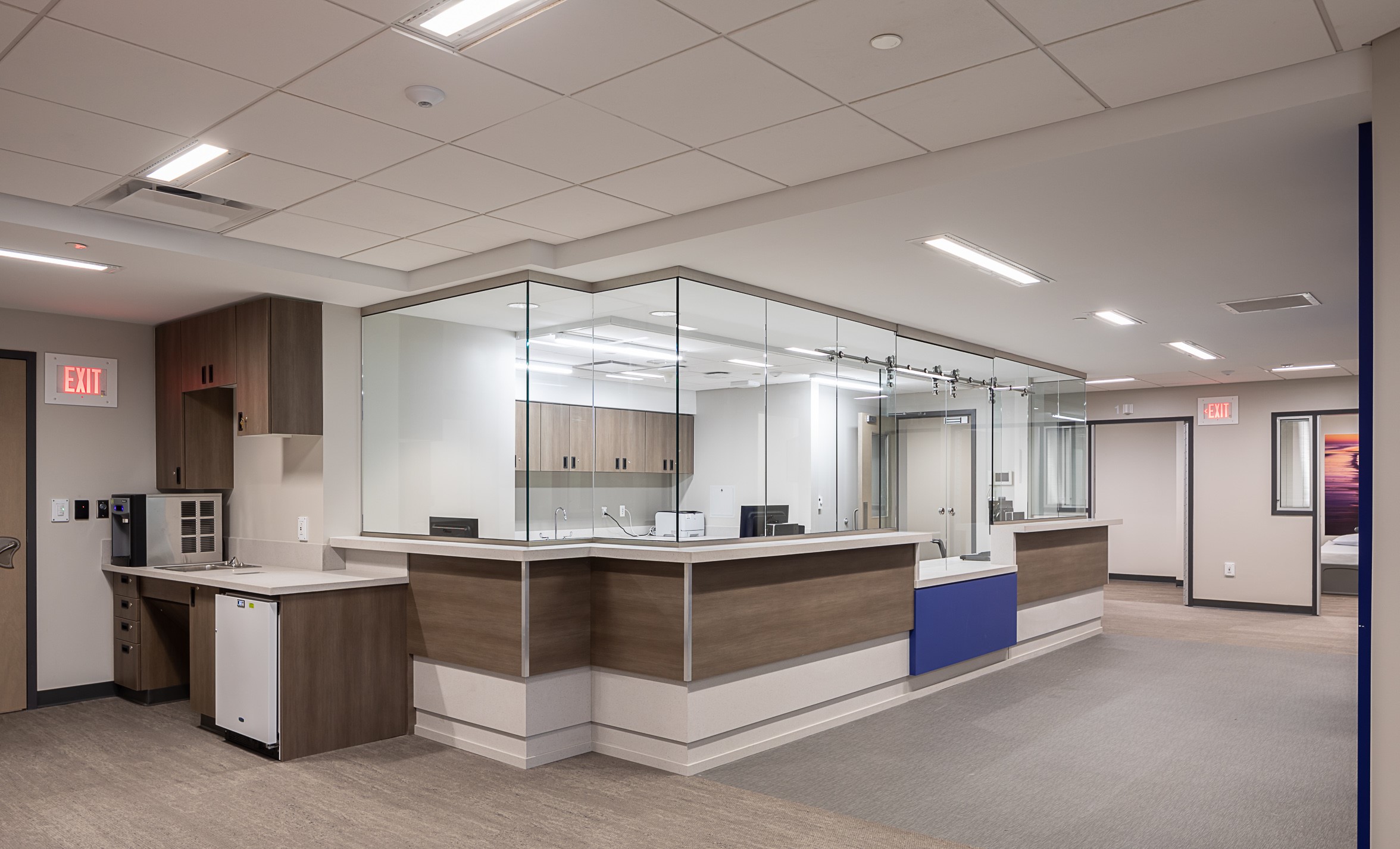
Designing for Worst Case Scenario
It is essential to plan for worst-case scenarios to ensure the safety of both patients and staff. Anti-ligature rooms are a prime example of this approach. These rooms are designed to eliminate ligature points, which could be used for self-harm. Furthermore, striking a balance between monitored private spaces and controlled public spaces is vital.
Designing for Staff
Behavioral health staff members are the backbone of patient care, and their well-being should also be prioritized in the design process. Clear visibility of patients is essential to ensure staff can monitor and respond effectively. Additionally, providing spaces for staff to detach and regroup is vital, given the emotionally demanding nature of their work. Integrating built-in safety features into the design, such as panic buttons and communication systems, empowers staff to handle emergencies with confidence.
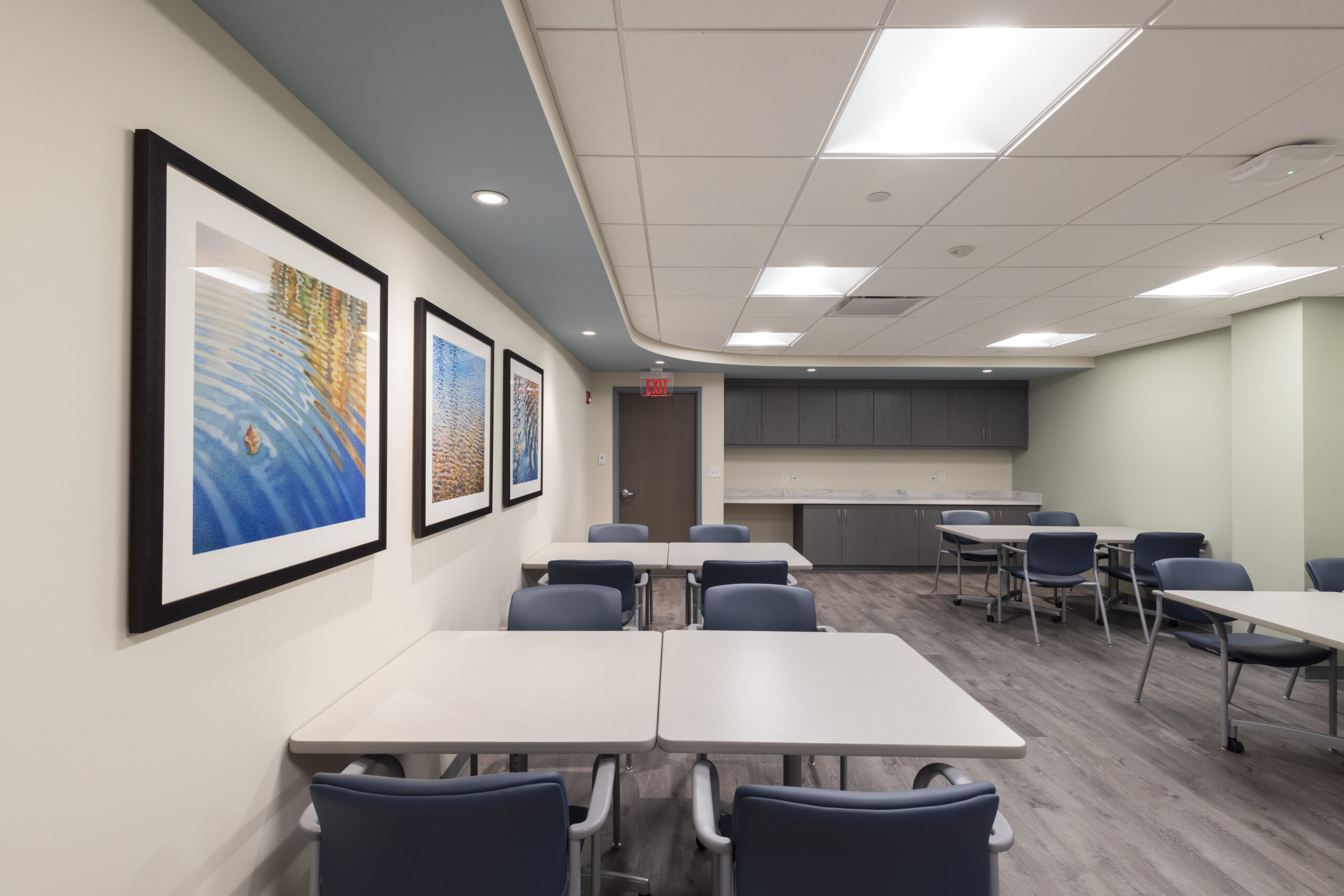
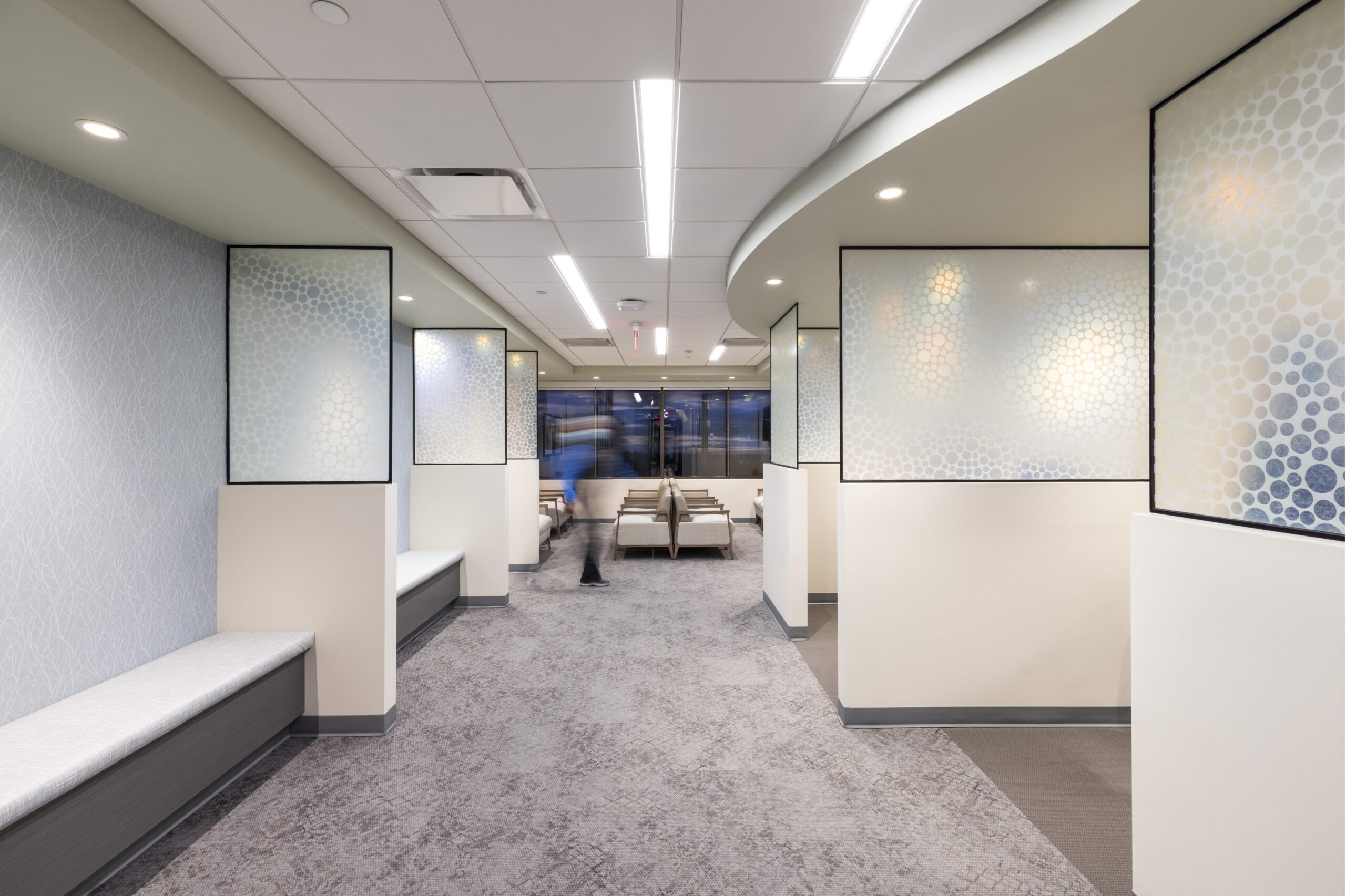
Incorporating Flexibility & Accessibility
Designing behavioral health spaces with flexibility in mind allows for adaptability to various patient needs. Spaces that can be easily reconfigured to accommodate different therapeutic activities or group sessions enhance the versatility of the environment. Moreover, ensuring accessibility for individuals with physical disabilities or sensory sensitivities is a crucial consideration. Incorporating universal design principles ensures that all patients can benefit from the healing environment.
Creating spaces for behavioral health that prioritize patient recovery, safety, and staff well-being is a multifaceted endeavor. By understanding the importance of triage, patient needs, worst-case scenarios, staff requirements, and accessibility, designers can craft environments that offer solace and support during times of crisis. Well-designed behavioral health spaces offer a beacon of hope and healing for individuals navigating their path toward recovery.


